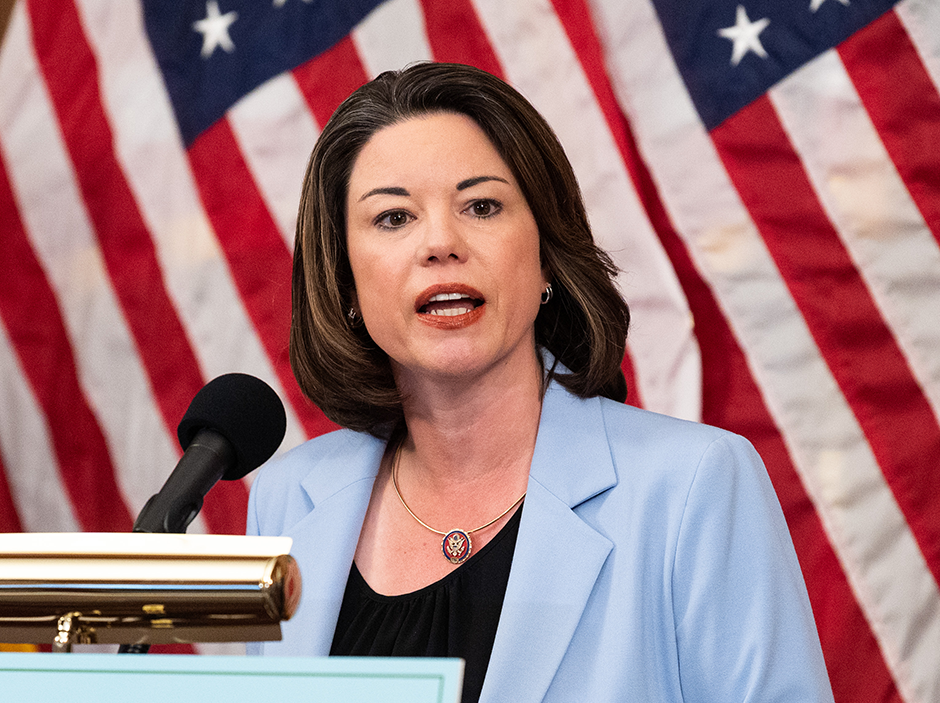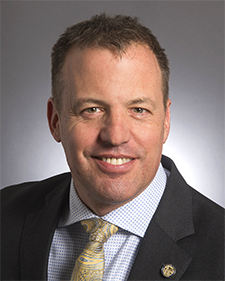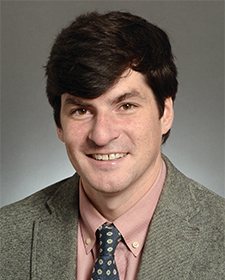


WASHINGTON – The race for U.S. Rep. Angie Craig’s 2nd District seat is in its early stages and has so far attracted just two candidates, both DFLers named Matt. But the contest to represent Minnesota’s swingiest district in Congress is once again expected to be fiercely competitive and very expensive.
Craig’s decision to run for retiring U.S. Sen. Tina Smith’s seat prompted the Cook Political Report to change its rating of the 2nd District seat from “safe Democrat” to “likely Democrat,” which makes the race more competitive for the GOP.
Erin Covey of the Cook Political Report said the 2nd District race was downgraded a bit for Democrats because an open seat, by definition, is more competitive than one held by an incumbent. She said Democrats will continue to have a strong advantage.
But others think Craig’s decision to run for the Senate gives Republicans a chance to do what they haven’t been able to do for years – claim the 2nd District for the GOP.
“I think it’s going to be a very close general election,” said Hamline University political science professor David Schultz.
The district encompasses the Twin Cities suburbs and the southern portion of Washington County as well as the rural areas of Dakota and Scott Counties, Le Sueur County and much of Rice County.
Since the district was created in 1861, its voters have elected both Democrats and Republicans to represent them. Yet, historically, they have favored the GOP and that party held the seat for 18 years before Craig was elected in 2019.
But redistricting and the rapid growth of the Twin Cities suburbs and exurbs have shifted the race towards the Democratic Party. In 2016, Donald Trump won the district narrowly over Hillary Clinton but lost it to Kamala Harris — who won 51.6% of the vote — last year.
“This district has been trending to the left since 2016,” Covey said.
Fred Slocum, a political science professor at Minnesota State University, Mankato, said that while the district includes rural areas that likely will favor a Republican candidate, it also includes suburban areas.
“And, in general, in the Twin Cities suburbs, the DFL has gained ground over the past 10 to 20 years as a number of suburbs, previously heavily white, have become more diverse with greater shares of racial and ethnic minorities,” Slocum said.
He also said the 2022 overturning of Roe v. Wade has mobilized suburban women to vote for Democrats. That helped Craig keep her seat.
Craig was able to fend off challengers by walking a fine ideological line. While she strongly supports abortion rights and protecting social safety net programs, she also adopted some GOP stances, including a hard line on immigration, strong support for Israel and increased funding for police.
Craig was also able to raise millions of dollars in races that drew in the support of the national parties. Her campaign spent nearly $8.3 million to successfully fend off GOP challenger Joe Teirab last year. Teirab spent about $3.2 million.
Schultz said the best candidate for the race is a centrist who “can raise a lot of money. “
Teirab may run again for the 2nd District seat. So may Tayler Rahm, a Republican who won the endorsement of the GOP at its 2nd District convention but dropped out of the Republican primary last year after being offered a job on the Trump campaign in Minnesota.
And Tyler Kistner, who lost against Craig twice, is said to also be considering a run.
The two Matts
Two DFLers have already announced they are running for the 2nd District seat — state Sen. Matt Klein and former state Sen. Matt Little, who also served two terms as the mayor of Lakeville.
Another DFL state senator, Erin Maye Quade, may also jump into the race. Little said any one of the Democrats in the race will face a tough general election.
“It’s going to be extremely competitive,” Little said. “Republicans are going to target this seat with everything they have.”

Little said he’d run on pocketbook issues like affordable childcare and allowing people who are younger than 65 to buy in to Medicare.
He’s aware Democrats need to keep the 2nd District seat if they hope to take back control of the U.S. House in the midterms, something that would require the flipping of just five seats.
“The courts can’t do it alone,” Little said of the dozens of lawsuits challenging Trump’s use of his executive authority to remake the government. “We need to take back Congress.”
Little said his time as mayor of Lakeville gives him a boost in a major population area in the district and helps him campaign in rural south Dakota County.
Meanwhile, Klein, a doctor of internal medicine, said he hopes to be elected to provide a “counterbalance of scientific fact and trust” to Health and Human Resources Secretary Robert F. Kennedy Jr., a vaccine skeptic.
Representing the southeastern Twin Cities metropolitan area, Klein concedes that winning over the “red” areas of the district will be a challenge. And he’s willing to use Craig’s winning, centrist-driven formula.
“The path has already been forged by Angie,” Klein said.
He also said the Democratic primary is likely to be as competitive as the general election. “Both will have different sets of challenges,” he said.
Klein has said he won’t drop out of the race if he fails to win the DFL endorsement. And he said he won’t shift his message to appeal to the more progressive voters who show up at DFL primaries and the more moderate mix of voters who gave Craig victories over her GOP challengers.
“If voters decide they don’t like my message, I’ll accept that,” Klein said.

Covey, of the Cook Political Report, said there’s another advantage Democrats may have in the 2nd District besides a favorable demographic trend.
Trump’s approval ratings have dropped and, traditionally, the party that holds the White House loses congressional seats in a midterm. “Given the historical trend one would think the party that is locked out of power will gain strength in the midterm,” she said.
But Covey cautioned it is too early in the campaign cycle to make hard and fast predictions.
“Much will depend on Trump’s overall job approval next year, and there is always the ‘wild card’ of new issues or events that can unexpectedly intrude into a campaign,” Slocum said. “For example the Sept. 11, 2001, terrorist attacks tilted the 2002 elections in Republicans’ favor; the 2022 overturning of Roe v. Wade mostly worked in Democrats’ favor.”
The post Race for Rep. Angie Craig’s seat is heating up and expected to sizzle appeared first on MinnPost.













































